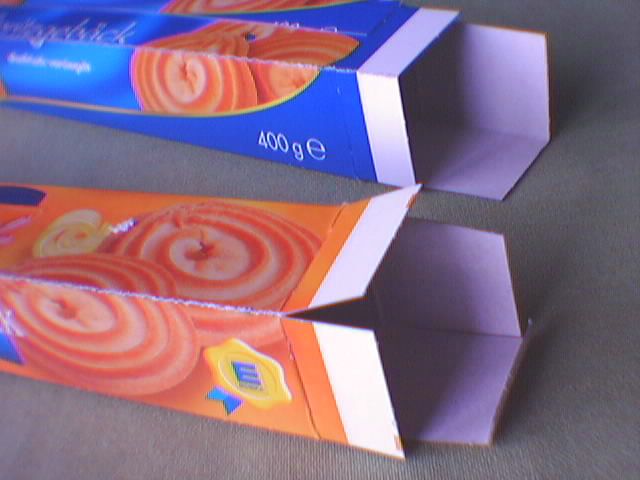
Mk V: The slim version
Joachim Köppen Kiel/Strasbourg/Illkirch Spring 2007
This is another version of the side-looking Mk II spectroscope. I found that some cookies come in cardboard boxes of 7.5 by 7.5 by 25 cm, and that a box could be cut up lengthwise in two halves, each of which can be glued together to form a long and thin box (3.8 by 3.8 by 25 cm):

Do not cut off the flaps, we shall need them. From another cardboard strip (3.7 cm wide) one constructs this holder for the CDROM, which is fixed by two narrow cardboard strips:
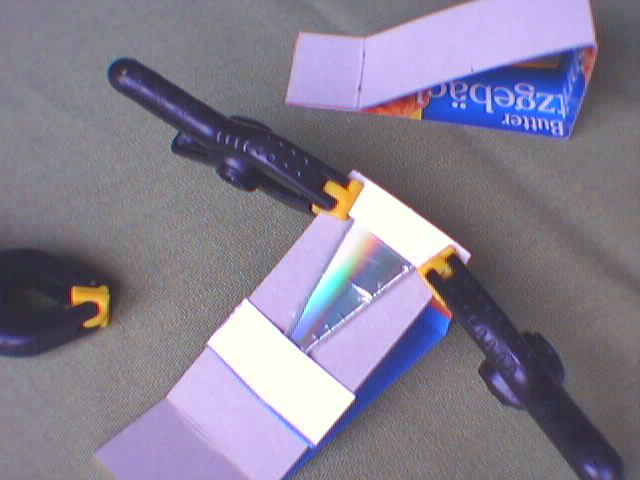
The angle of the sloping part of the holder determines which spectral order will be seen, and should be tried out to suit your needs. But as the picture shows, it is about 30° or less. Since the eye is close to the CDROM, one can easily observe both first and second order spectra. Near one end, an observing hole is cut into the wall of the box, the CDROM holder is glued inside beneath the observing hole, and the flaps which had closed the original box are now reclosed and glued together.
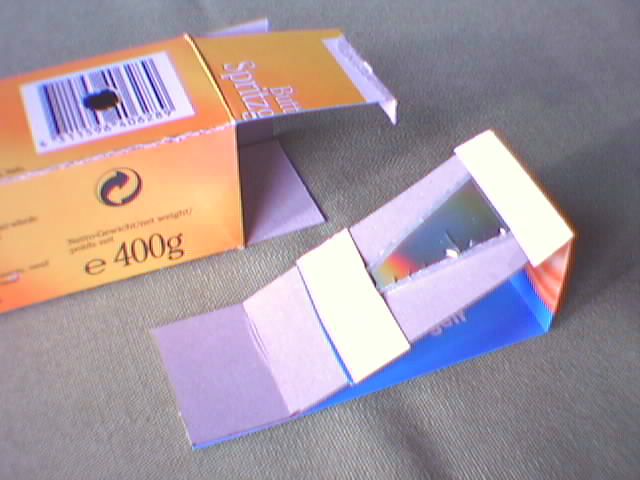
At the other end, we put the flaps together, and by cutting them suitably, we leave a reasonably large aperture. Before the flaps are glued in their final positions, we put another cardboard strip among them which forms the jaws of the slit: one part of the strip is glued to the flaps, the other is simply inserted between the overlapping flaps. In this way the slit can be adjusted from a wide open position to a very narrow slit. To make a neat slit, the jaws should have clean straight edges, as one obtains from making a straight cut of the card board strip.
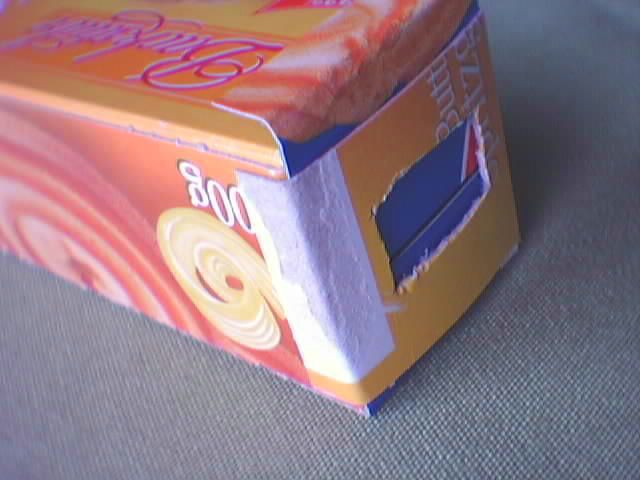
With this instrument one can resolve the yellow mercury doublet at 577 and 579 nm in the light of normal fluorescent tubes, in third and second order, but with ample light one may close the slit sufficiently to just resolve the doublet already in first order. Here is the spectrum the fluorescent tube in my kitchen, in first, second, and third order
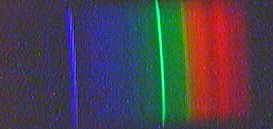
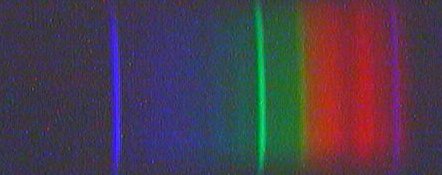
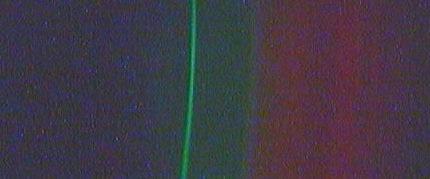
taken with a cheap webcam. The number of pixels is not sufficient to resolve the yellow mercury doublet, and the lamp is not bright enough to allow it to be seen in the dark image from third order. Moreover, this line seems to fall just at the border of the camera's colour filter which separates the red from the green channel ...